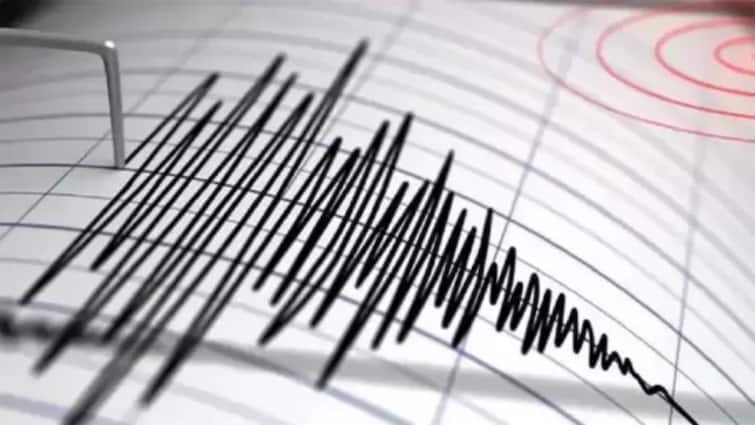Earthquake in Afghanistan: The earthquake was once again felt in India’s neighboring country Afghanistan. According to the National Earthquake Science Center (NCS), a 4.9 magnitude earthquake occurred in Afghanistan on Friday (February 21), causing panic among the people. Due to this earthquake that came late in the night, many people were seen running out of homes. However, there is no news of any damage so far.
According to the National Center for Sismology, the earthquake came at 1 pm and its depth was 160 km. Earlier on March 13, there was a 4.0 magnitude earthquake in Afghanistan.
Eq of M: 4.9, on: 21/03/2025 01:00:57 IST, Lat: 36.48 n, long: 71.45 e, depth: 160 km, location: Afghanistan.
For more information download the bhookamp app https://t.co/5gcotjdtw0 @DrjitendraSingh @Officeofdrjs @Ravi_Moes @Dr_mishra1966 @ndmaindia pic.twitter.com/mu09ak6sdl– National Center for Seismology (@Ncs_Earthquake) March 20, 2025
Low depth earthquakes are more dangerous
Significantly, low -depth earthquakes are more dangerous than earthquakes with more depth. The reason for this is that more energy in these earthquakes originates close to the surface of the earth, causing the ground to move rapidly and causes more damage to the buildings. This also increases the risk of casualties of people. On the other hand, the energy of more depth earthquakes becomes weak by reaching the surface. The risk of natural disasters in Afghanistan is quite high, including seasonal floods, landslides and earthquakes.
Afghanistan’s land was shivering in February too
On 9 February, a strong tremor of earthquake was felt in Afghanistan. Its intensity on the Richter scale was measured at 4.1. The earthquake was recorded at 255 km depth of the earth. As soon as the shock was felt, people came out of the houses and came out of the houses, although no information was received about the loss of life and property.
Why do earthquakes occur again and again in Afghanistan?
The main reason for repeated earthquakes in Afghanistan is its geographical place. The region is located near the Hindukush mountain range, where Eurasian and Indian tectonic plates collide. The collision of these plates causes geological tension. The Hindukush region causes both deep and shallow earthquakes, which arise due to subduction and active fault lines such as Chaman fault. Being a mountainous area, the risk of landslides and loss of life and property also increases. For this reason, Afghanistan remains a sensitive area in terms of earthquake.

